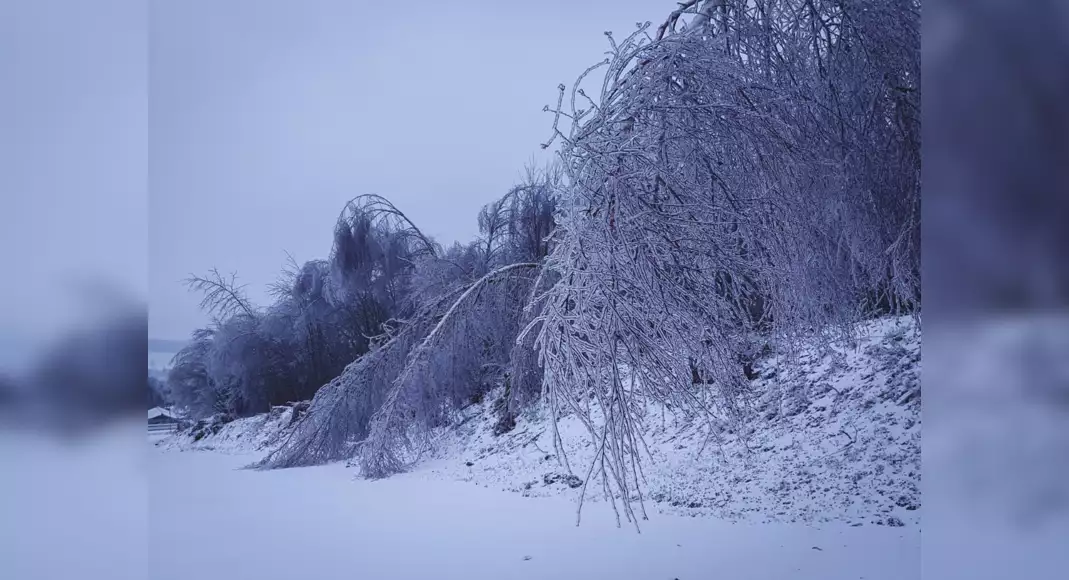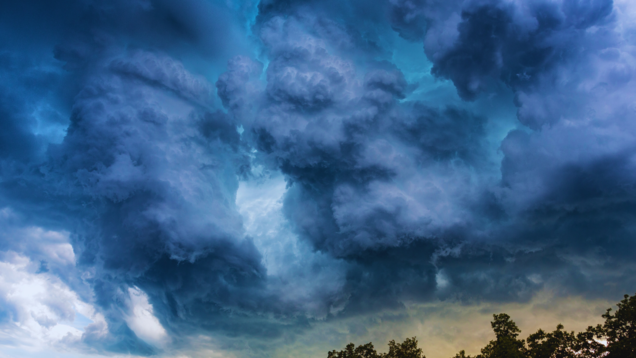Travel
These Indian states likely to face La Niña’s fury; travel tips to remember

As per the reports, India is all set to welcome extreme winters this year due to the La Niña phenomenon, as predicted by the IMD. La Niña leads to cooler ocean surface temperatures in the Pacific, which in turn triggers global climate changes, including harsher winters in India.
La Niña is the climatic counterpart to El Niño. While El Niño is responsible for warmer conditions, La Niña leads to a cooling effect in the Pacific Ocean. This cooling triggers various weather changes across the globe, including colder and wetter winters in certain regions.
The IMD made its announcement on September 2, 2024, indicating that India should brace for a particularly severe winter. La Niña, which has already begun to affect weather patterns with cooler temperatures and more rainfall, is linked to the prediction.
La Niña occurrences typically peak between October and February, with the onset occurring between April and June. Although it can sometimes continue up to two years, the current La Niña is predicted to endure nine to twelve months, extending its influence on weather patterns.
Read more: 10 reasons you aren’t able to book a tiger safari
This winter, India may see a dramatic drop in temperature and more rainfall due to the combined effects of La Niña and cooler ocean temperatures. The season can be longer and more severe than usual as a result.
Impact on Northern India
Northern states like Himachal Pradesh, Uttarakhand, and Jammu & Kashmir are expected to experience especially harsh winter conditions. Temperatures can go as low as 3°C, and witness prolonged cold spells, heavy snowfall, and freezing conditions that will affect daily life.
Read more: 10 countries and their unique national birds
Travel tips to remember

Plan ahead: Check for travel advisories and weather forecasts for your destination.
Stay flexible: Be prepared for changes in your travel itinerary due to weather disruptions.
Pack smart: Bring warm clothing, waterproof gear, and emergency supplies if traveling to affected areas.
Engage locally: Experience how communities adapt to winter challenges, which can enhance your travel experience while supporting local resilience efforts.











